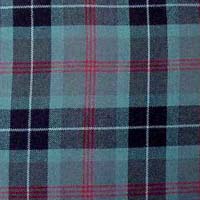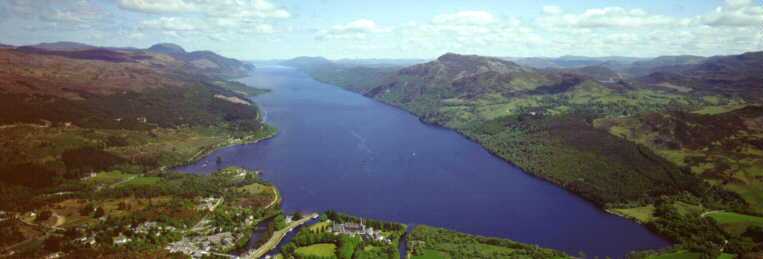The Loch Ness Monster

The Loch Ness Monster, sometimes called "Nessie" or "Ness" (Scottish Gaelic: Niseag) is a mysterious and unidentified animal or group of creatures said to inhabit Loch Ness: a large deep freshwater loch near the city of Inverness in northern Scotland.

|
The word loch means a body of water usually a lake. The word is Gaelic in origin and is applied to most lakes in Scotland.
The word ness is derived from the Scottish Gaelic: Niseag. The word monster: etymology= c.1300 AD, "malformed animal, creature afflicted with a birth defect," from O.Fr. monstre, from L. monstrum "monster, monstrosity, omen, portent, sign," from root of monere "warn" (note the etymology of monitor). Abnormal or prodigious animals were regarded as signs or omens of impending evil. Extended c.1385 to imaginary animals composed of parts of creatures (centaur, griffin, etc.). Meaning "animal of vast size" is from 1530 AD; sense of "person of inhuman cruelty or wickedness" is from 1556. In O.E., the monster Grendel was an aglæca, a word related to aglæc "calamity, terror, distress, oppression." |
Could the Loch Ness Monster be a non-physical entity/thought form, a dinasaur who survived the general extinction or an alien creature?
Famous magickian and occultist Aleister Crowley once leased a house on the loch (the mysterious Boleskine House). Some believe that rituals he performed there increased mysterious phenomena in the area including sightings of the monster. This may indicate that the beast is more likely to be a non-physical entity, or thought form, rather than a biological creature. Readers interested in Crowley etc may be interested in this video clip:
The earliest known report occurred in the Life of St. Columba by Adamnan, written around the 7th century. It describes how in 565 AD Columba saved the life of a Pict, who was being supposedly attacked by the monster. Adamnan describes the event as follows:
"...(He) raised his holy hand, while all the rest, brethren as well as strangers, were stupefied with terror, and, invoking the name of God, formed the saving sign of the cross in the air, and commanded the ferocious monster, saying, "Thou shalt go no further, nor touch the man; go back with all speed." Then at the voice of the saint, the monster was terrified, and fled more quickly than if it had been pulled back with ropes, though it had just got so near to Lugne, as he swam, that there was not more than the length of a spear-staff between the man and the beast. Then the brethren seeing that the monster had gone back, and that their comrade Lugne returned to them in the boat safe and sound, were struck with admiration, and gave glory to God in the blessed man. And even the barbarous heathens, who were present, were forced by the greatness of this miracle, which they had seen, to magnify the God of the Christians".
The above support also indicates that the monster represents a non-physical phenomena because prayers and commands for holy people are effective against demonic type astral entities. On the other hand it is possible that they can help in any emergency with the power of God so it cannot for this reason be ruled out that the Loch Ness Monster is a physical biological creature.
If the monster is physical then what would it's diet be? Loch Ness holds a variety of fish that could be food for Nessie. For example the Loch contains Salmon, Trout, Eels and Sturgeon.
The Lake is a vast body of water but whether or not there is a physical monster will eventually be determined as radar technlogy improves. However no such proof can rule out paranormal or other mysterious causes for the sightings. Maybe a reliable psychic could shed light on the subject.
You are here: Home